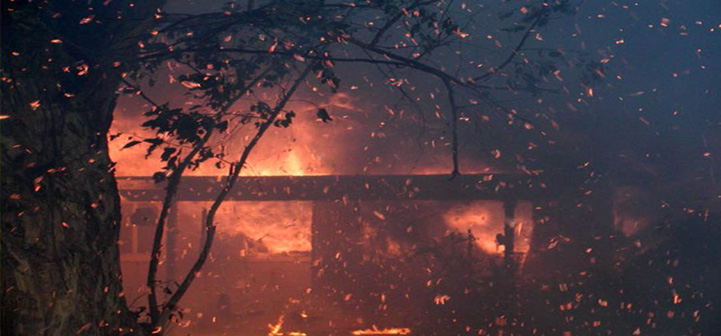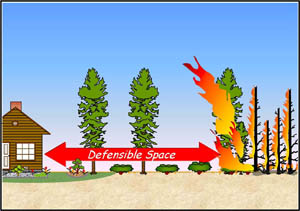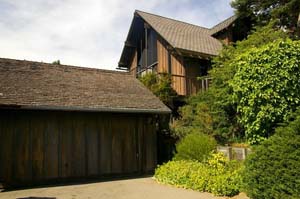Title and Description
Fire Adapted Communities: The Next Step in Wildfire Preparedness
There is more wildfire in our future. The trend is towards an increasing number of acres burned. The likelihood that people will be threatened by wildfire is growing. Unfortunately, many homeowners and their homes are not prepared to survive a wildfire. Do we ignore these trends and accept the consequences? Or, do we become proactive to minimize the impacts?
A new concept of creating Fire Adapted Communities (FAC) …







